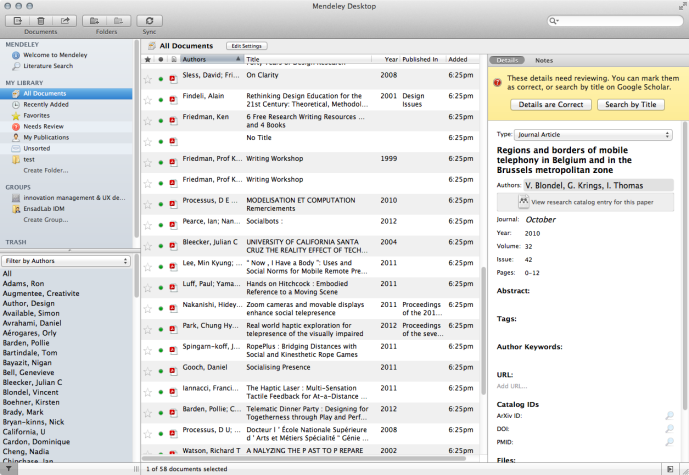Skype eye contact made possible thanks to 3D face rotation by C. Kuster, T. Popa, J.C. Bazin, C. Gotsman & M. Gross from ETH Zurich.
Innovative software rotates the face of the person on screen during video conferences in order to make eye contact. (Photo: Computer Graphics Laboratory / ETH Zurich)
“Those separated from family and friends by long distances often use video conferencing services such as Skype in order to see each other when talking. But who hasn’t experienced the frustration of your counterpart not making direct eye contact during the conversation? A software prototype from the Computer Graphics Laboratory ETH Zurich may be able to help.”
Text by Angelika Jacobs from ETH Life Blog
I don’t know why but this “computer vision” software makes me think of the AutoSmile project by Theo Watson from F.A.T.
More on the project (+source code):
• Skype eye contact finally possible
• http://graphics.ethz.ch/publications/papers/paperKus12.php
• Paper: Kuster C, Popa T, Bazin JC, Gotsman C, Gross M: Gaze Correction for Home Video Conferencing. Proceedings of ACM SIGGRAPH Asia (Singapore, November 28 – December 1, 2012), ACM Transactions on Graphics, 31 (6), 174:1-174:6















